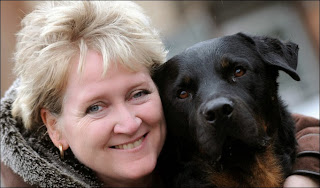
A hero dog which was praised by a judge after he chased off a sex attacker who indecently assaulted a woman will today receive TWO bravery awards.
Two-year-old rottweiler Jake was on his usual evening walk with owner Liz Maxted-Bluck, 49, when he heard screaming from a dense woodland and ran to investigate.
He found sex beast Esmahil Adhami, 18, molesting a woman he had dragged into the undergrowth.
The fearless hound lunged at the illegal immigrant and chased him away – and then circled the sobbing victim ”like a guard dog” until the police arrived.
Jake, a former rescue dog with the RSPCA, was commended for his actions by a judge who jailed Iranian-born Adhami for four years after he was convicted of sexual assault in March.
Sentencing at Warwick Crown Court, Judge Christopher Hodson said: ”I have not the slightest doubt that if that dog had not come bounding up, worse would have happened to that lady.”
He will be guest of honour at Shrewsbury Football Club where he will receive an award for preventing a life-threatening situation and a medallion for his alertness to danger.
Mum-of-two Liz, a professional musician from Coventry, said: ”He is such a lovely natured dog and is very nosey so I think that was why he went to investigate that day when he heard the screams.
 |
| Jake, pictured with owners Ian and Liz Maxted-Bluck |
”It is brilliant that he is receiving this award from the RSPCA, I am really proud.
”It is especially touching because we got him from the RSPCA.
”Rottweilers don’t always get good publicity so it is great to see a Rottweiler being recognised in such a positive way.”
Jake and Liz were enjoying an evening walk on Hearsall Common, Coventry, at 6pm on July 1 last year when his ears suddenly pricked up.
Just minutes earlier Adhami had picked out his victim, a woman aged in her 20s, while cycling through the park.
He dropped his bike and flashed at her before dragging her into the bushes.
Police caught Adhami hours later and discovered he was in the county illegally after a failed asylum application.
Adhami was placed on the sex offenders register for life, banned from having contact with girls under 16 and told he was likely to be deported upon his release from prison.
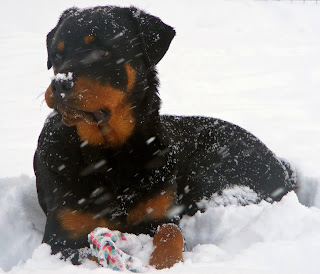
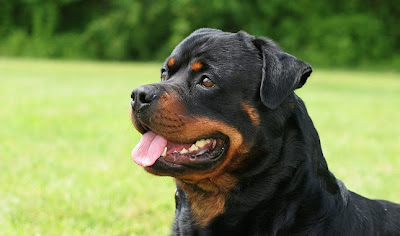
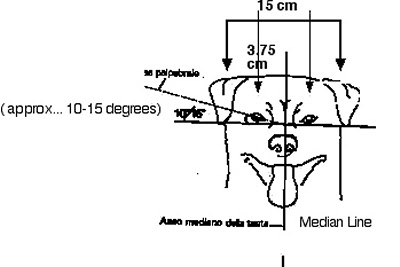



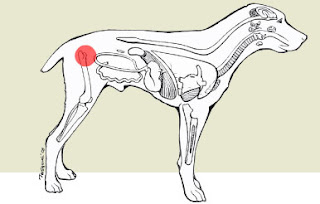
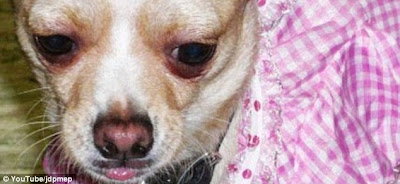



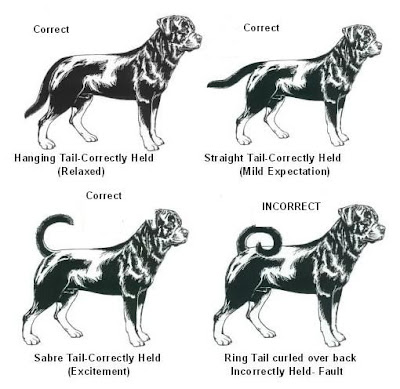

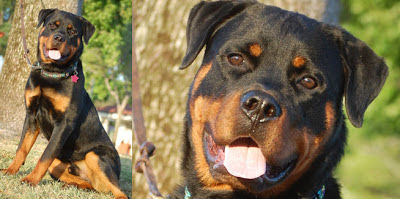


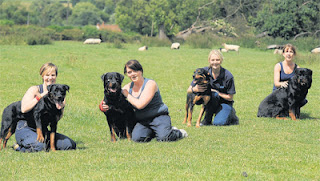





.jpg)





